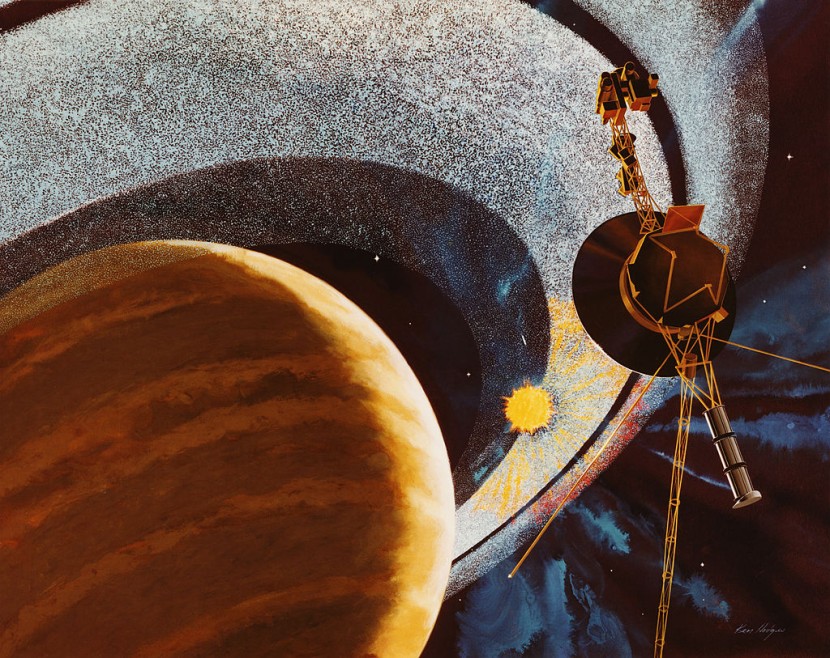
Scientists at NASA's Jet Propulsion Laboratory (JPL) have been able to detect a signal from Voyager 2 after losing contact with the nearly 46-year-old space probe over the weekend.
It was reported earlier Tuesday (August 1) the Voyager mission team sent an erroneous command sequence to tilt Voyager 2's satellite away from Earth when it was supposed to be adjusted towards it.
"We enlisted the help of the (Deep Space Network) and Radio Science groups to help to see if we could hear a signal from Voyager 2," NASA Voyager project manager Suzanne Dodd said. "This was successful in that we [saw] the 'heartbeat' signal from the spacecraft. So, we know the spacecraft is alive and operating. This buoyed our spirits."
Read Also: NASA's 44-Year-Old Voyager Spacecraft Set To Be Decommissioned After Power Supplies Run Out
Earth to Voyager... 📡
— NASA JPL (@NASAJPL) August 1, 2023
The Deep Space Network has picked up a carrier signal from @NASAVoyager 2 during its regular scan of the sky. A bit like hearing the spacecraft's “heartbeat," it confirms the spacecraft is still broadcasting, which engineers expected. https://t.co/tPcCyjMjJY
NASA Breathes Sigh of Relief, But Still Tries to Reorient Voyager 2
The Voyager mission team was pleasantly surprised to be able to detect Voyager 2's "carrier signal" using the Deep Space Network (DSN), an international array of massive radio antennae allowing NASA to communicate with missions across the universe. The antenna arrays are located in Goldstone near Barstow, California, with a second near Madrid in Spain and a third near Canberra in Australia.
Now that a "heartbeat" was detected, NASA would now be generating a new command to attempt pointing Voyager 2's antenna toward Earth and send it to Voyager 2's way as frequently as possible.
"There is a low probability that this will work," Dodd cautiously added.
If this attempt fails, the Voyager team hopes the next scheduled reorientation maneuver on October 15 would point the Voyager's antenna to Earth's direction.
Voyager 2 is currently more than 12.3 billion miles (19.9 billion km) from Earth.
Meanwhile, the space probe's twin, Voyager 1, continues to operate as expected despite being 15 billion miles (24 billion kilometers) from Earth, NASA reported.
Both Voyagers are currently in interstellar space as the only spacecraft to operate beyond the heliosphere, the sun's bubble of magnetic fields and particles which extends far beyond the orbit of Pluto. Communication with both spacecraft using the DSN would take 18 hours or more to reach the probes.
Related Article: NASA Loses Contact with Voyager 2 After Sending Wrong Command
© 2025 HNGN, All rights reserved. Do not reproduce without permission.








